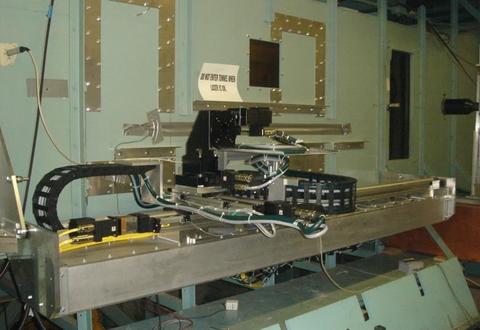Wind Tunnel

NIST’s wind tunnel can produce air speeds between 0.15 m/s and 40 m/s. The air speed reference is a Laser Doppler Anemometer (LDA) with an uncertainty of 2.5 % at the lowest air speed and an uncertainty of 0.41 % at the highest air speeds, all at a 95 % confidence level. The LDA is non-intrusive (it has negligible influence on the velocity profile in the wind tunnel) and is traceable through a rotating disk apparatus to standards of length and time. The wind tunnel’s test section has a large cross section (1.5 m x 1.2 m) which reduces blockage effects from the instrument under test. An external, automated, translation-rotation stage can support pole-mounted instruments under test; thereby, facilitating automated measurements of the instrument’s response to changes in the pitch and yaw angles with respect to the flow. Normally, the turbulence intensity in the wind tunnel is low (<0.3 %); however, it can be increased up to 25 % by placing various grids upstream from the test section. Researchers are currently studying the influences of pitch, yaw, and turbulence on the calibration of air speed sensors that are used to measure the emission of pollutants from smoke stacks. This research will increase the accuracy of measuring the emission of carbon dioxide from power plants, thereby facilitating a market and/or a tax for carbon emissions.

